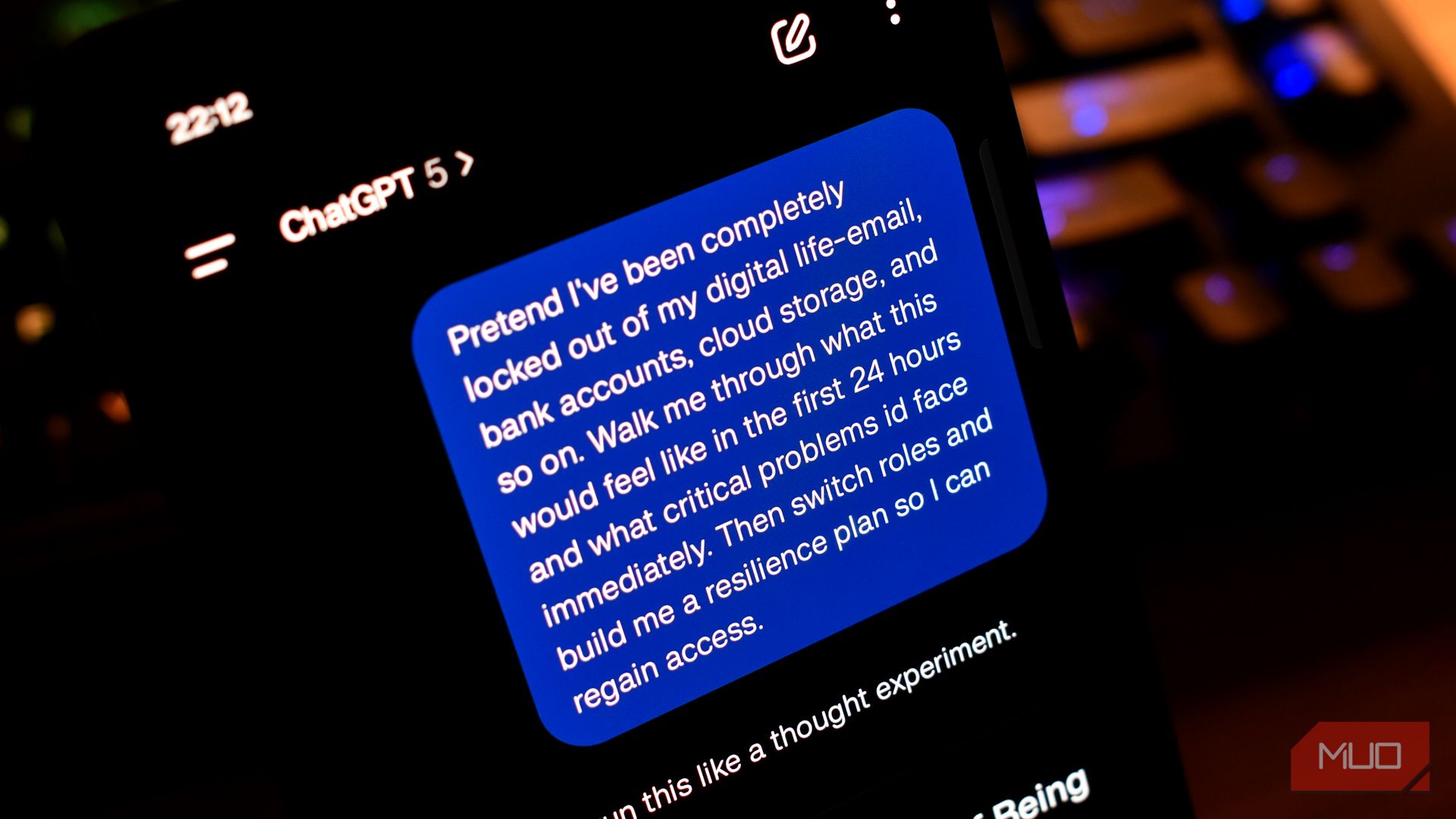A MYSTERIOUS “lost city” lying 2,000 feet beneath the waves off Cuba has baffled scientists for more than two decades.
Marine engineer Paulina Zelitsky and her husband, Paul Weinzweig, stunned the world when sonar scans revealed huge stone formations on the seabed near the Guanahacabibes Peninsula.
5

5

5
The images showed what looked like pyramids, circular structures, and massive blocks “reminiscent of an urban development,” according to BBC News.
Some of the stones measured up to 10 feet and appeared deliberately stacked.
“It’s a really wonderful structure which really looks like it could have been a large urban centre,” Zelitsky said in 2001.
The Canadian team, from Advanced Digital Communications (ADC), estimated the ruins could be more than 6,000 years old — making them older than the Egyptian pyramids.
Read more Science stories
But despite the jaw-dropping find, no follow-up expedition has ever been carried out.
While social media users today speculate the ruins are proof of Atlantis, experts remain cautious.
“It would be totally irresponsible to say what it was before we have evidence,” Zelitsky warned back when they were first discovered.
Cuban geologist Manuel Iturralde-Vinent, from the Natural History Museum, admitted the structures were “extremely peculiar” but stressed the depth posed a major problem.
“It’s strange, it’s weird; we’ve never seen something like this before, and we don’t have an explanation for it,” he told The Washington Post.
Iturralde estimated it would take up to 50,000 years for the seabed to sink that far, far earlier than any known advanced civilization.
Michael Faught, an underwater archaeology expert at Florida State University, agreed.
He said: “It would be cool if Zelitsky and Weinzweig were right, but it would be really advanced for anything we would see in the New World for that time frame.
“The structures are out of time and out of place.”
Other scientists have argued the formations are likely natural rock structures.
Despite skepticism, the discovery continues to fuel conspiracy theories online.
“Civilizations that existed before the ice age, perhaps multiple civilizations that rose and fell… The historical knowledge that has been lost (or hidden),” one person posted on X.
Another claimed: “There is so much hidden history. Finding it so fascinating. Everything we been taught is a lie.”
Funding problems and Cuba’s strict control over foreign expeditions have also been blamed for the lack of further investigation.
A planned dive in 2002 was scrapped, according to US oceanographer Sylvia Earle.
Weinzweig himself once insisted: “The structures we found on the side scan sonar simply are not explicable from a geological point of view.
“There is too much organisation, too much symmetry, too much repetition of form.”
Another underwater enigma often compared to Cuba’s “lost city” is the Yonaguni monument off Japan’s coast.
Discovered in the 1980s, the massive stone formation sits around 90 feet underwater and features sharp-angled steps and terraces that appear man-made.
Tests of the rock show it could be more than 10,000 years old.
If carved by humans, it would date back to a time before the last ice age — a theory that, like the Cuban ruins, continues to divide experts over whether it’s a natural formation or evidence of a vanished civilisation.

5

5







